Planning for a long motorcycle trip requires a little more thinking ahead than a simple road trip. Here are a few tips to keep in mind while packing your bag and getting your bike readyCompiled and images by: Rommel Albuquerque
1. Documentation: Make copies of your driving licence, motorcycle registration and insurance papers, PUC certificate, emergency contact information, medical information (medication, allergies and conditions, etc) and a map with your destination, stay-over points and places where you will be able to get your bike repaired if need be. Keep one copy of these documents on your person and one in your bag. You’ll be surprised how many times a police officer or an army check-post will stop you and ask for your identification and bike papers.
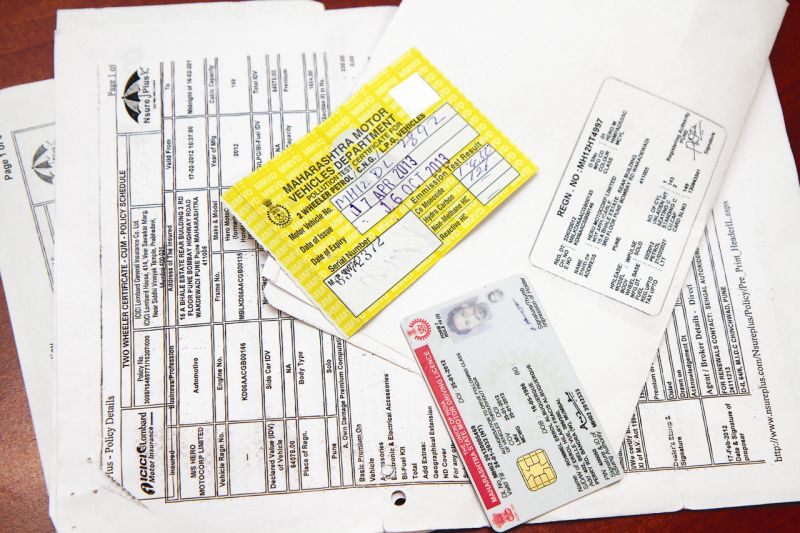
2. Money Matters: Make sure you have enough money to cover not only your expected expenses, but unforeseen emergencies as well. Always include extra money in your budget for circumstances like expensive breakdowns or an extra night’s hotel stay, etc.
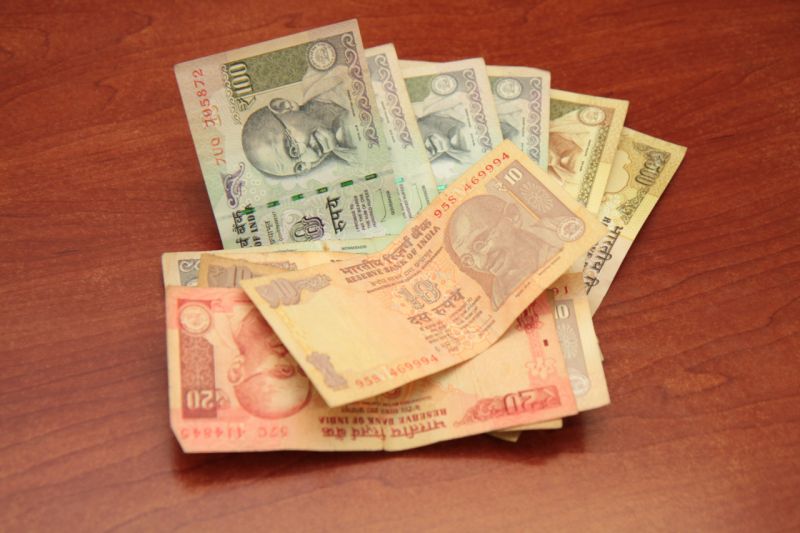
3. Don’t Block Airflow: The engine relies on cooling air that comes across the top of the fender and down past the headlight. So don’t tie anything to the headlight or the fender, for it’ll keep the engine running hotter than it needs to.
4. Mass Centralisation: As the name suggests, it means keeping the mass as close to the motorcycle’s centre of gravity as possible. The ideal place to put heavy items so that their weight doesn’t degrade handling is on the seat close behind you. Saddle-bags and/or a tail-pack work best.
5. Load Limits: Both your bike and your saddle-bags have load limits. Your bike’s owner’s manual will have the load limit for your machine and the instruction manual will have the maximum capacity for the saddle-bags. Overloading the bike causes braking distances to increase. Besides, the handling of the bike will become awkward, suspension and wheels will be overworked and may wear, and tyres will get hot — which translates into greater wear and, worse still, a blow-out.
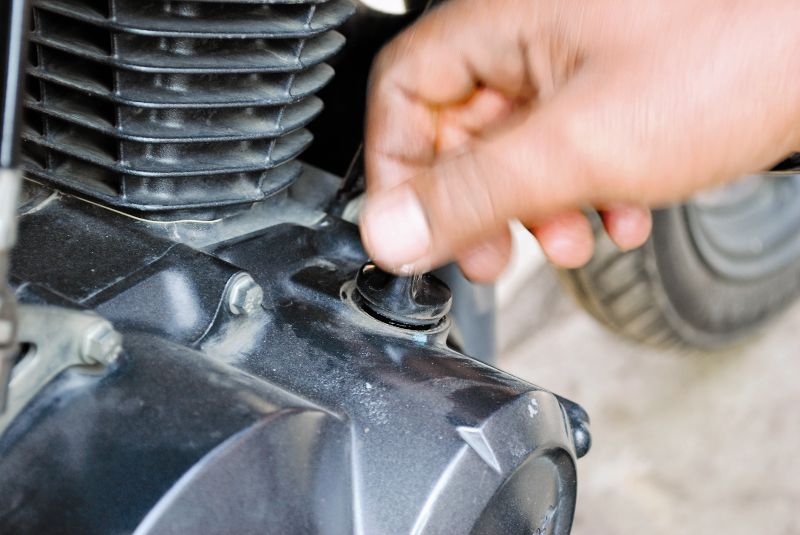
6. Tyre Pressure: It’s the air in the tyre, not the tyre itself that supports the weight of the bike and its cargo. You need to increase air pressure to the upper limit when you put a lot of load on the bike. The maximum air pressure per tyre will be indicated in the owner’s manual and on the swing-arm as well in case of newer bikes. Pressures should be checked when the tyres are cold. An under-inflated tyre causes it to heat up rapidly, which can cause the tyre to come apart, especially when it is overloaded.

7. Bag-guards: Many saddle-bags start out their journey on a bike in tip-top condition, but when they reach the destination, they have tyre burns or exhaust burns on the bottom. Wind pressure, forces applied by the rider or passenger, or shifting during the ride can move bags against or into the wheel and sometimes even scrape the exhaust. Many high-end bikes come with accessory bags designed specifically for a particular bike. These would be your best option, but in case you plan to use third-party saddle-bags, use bungee cords and tighten all the straps to ensure that the bags fit snugly and don’t move about.
8. Weather-proof Luggage: With the onset of the rainy season it’s wise to pack a few large plastic bags. If your saddlebags aren’t waterproof or don’t come with rain-covers, you can use the plastic bags to keep your clothes and other valuable dry. Keep your rain gear easily accessible if there is a chance of rain.
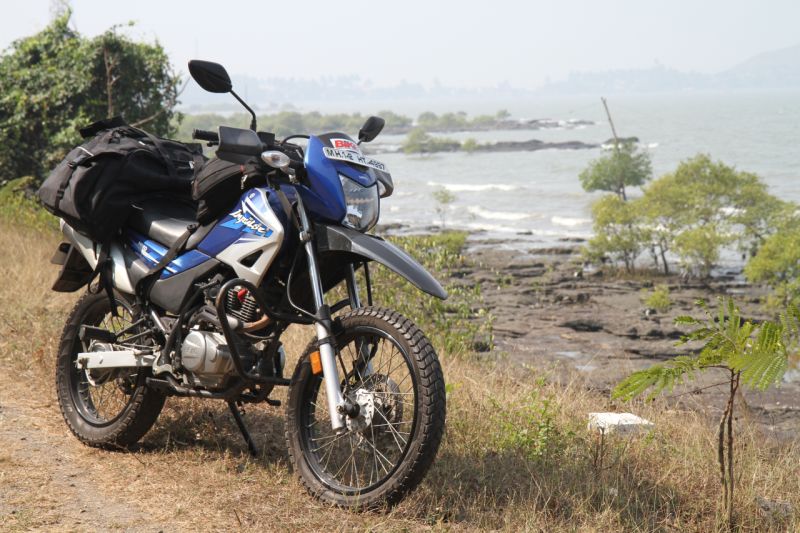
9. Pack Right: Getting into your right saddle-bag on the roadside may endanger you as you’ll be too close to passing traffic. Put your night time needs in the right bag and put the things you may need while riding in the left bag (see box on essentials to be packed).
10. Your Motorcycle: Before any long trip get your bike serviced, engine oil topped up, brake pads cleaned and checked and make sure all the lights are working. Your motorcycle’s handling and braking will be altered with the extra weight aboard. Be sure to stiffen suspension settings to accommodate it. Before you begin your trip, take a few minutes, preferably in a vacant parking lot, to get a feel of the changes and the added weight.

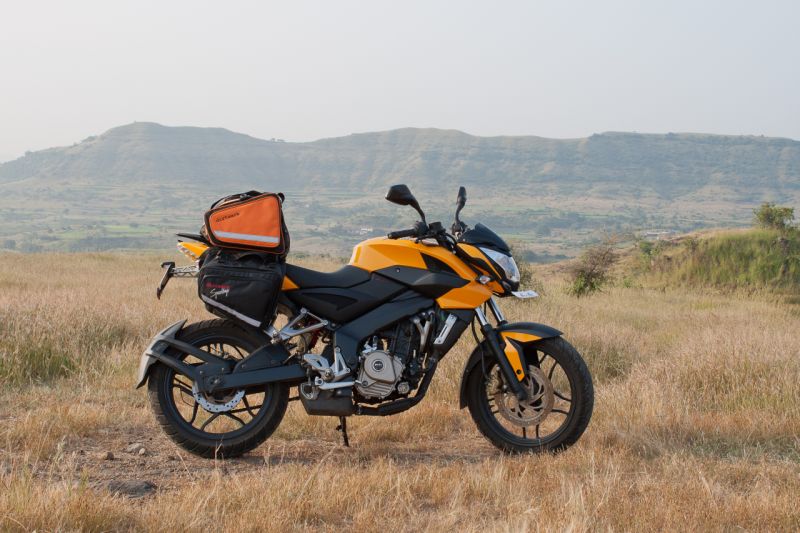

Leave a Reply